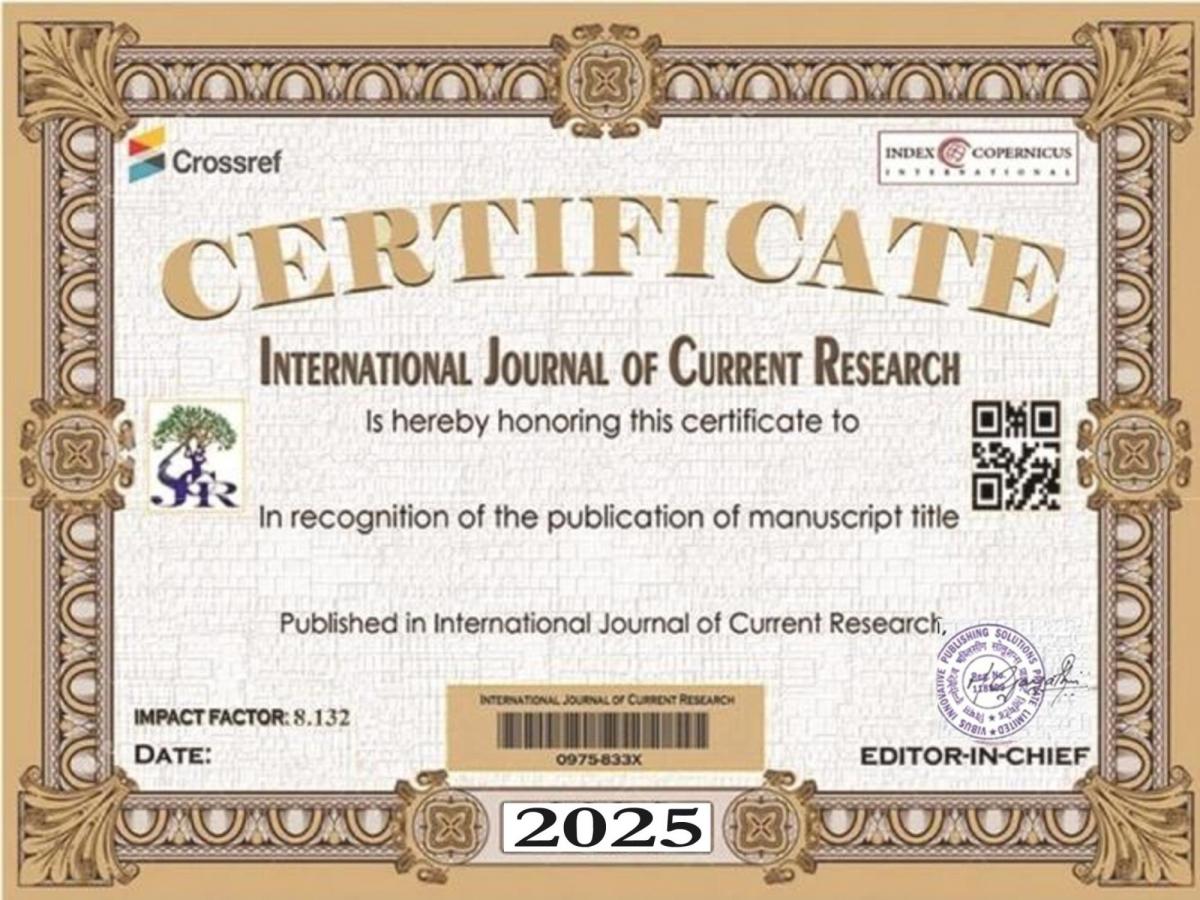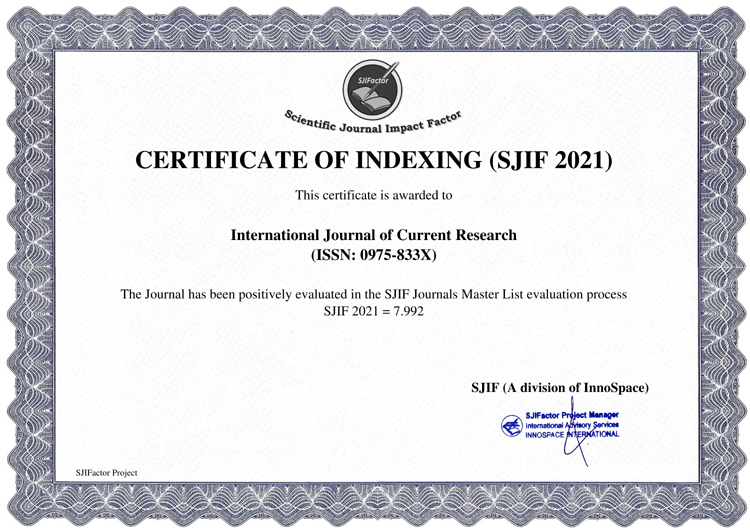Central and state government always claim that agriculture is the backbone of India. “India lives in villages.”Agriculture with its allied sectors is the largest source of livelihood in Thirumanur delta, Tamil Nadu. Agriculture continues to be the most predominant sector of this district economy, as 70 percent of the population is engaged in Agriculture and allied activities for their livelihood. The district has as an area of 1933.38 sq.km with a gross cropped area of around 0.948 lakhs Ha with 93 percent of farmers being small and marginal. The sustained struggle of the delta farmers against the hydrocarbon project has given them a slight relief. However, the farmers of the western districts are still fighting the GAIL pipeline project through agricultural lands, the high-tension electric line and the green corridor road between Chennai and Salem. Ground water levels have fallen down below 200 feet in many places in Tamil Nadu and water shortage due to poor rainfall, reduced crop costs and decreasing access to formal financial services to the farmers. The water level at Mettur dam often goes below the threshold level in and out of the seasons and hence it becomes almost impossible to obtain water from the dam. In Thirumanurdelta, there was sufficient ground water even at 90ft below ground level, but of late one is able to find a little water only after digging up to 200ft. In many parts of the district a variety of crops, ranging from paddy to onions and pulses are grown during the regular seasons. Farmers sow the winter crops two or three times. Each time the field dries up, they would make a fresh attempt in the hope that more showers would arrive and douse their crop. But on the other hand, drought and insufficient rain leads to high expenses and leads to subsequent crop loss. District rural economy is high and dry due to the transport, harvesting, marketing and procurement bottlenecks, lack of cold storage, adequate processing facilities, market shutdowns and labour shortages. Lack of knowledge of agricultural mechanization among farmers to carry out various farming operations, starting from land bed preparation, sowing, crop protection, post harvest technology management and value addition in time is also a responsible factor for economic downfall. Farmers’ suicides are precisely due to career problems, sense of isolation, abuse, violence, family problems, mental disorders, addiction to alcohol, financial loss, chronic pain, crop failure, debt, bank loan, cyclone and MSP (minimum support price) is unheeded. Natural calamities have also resulted in huge losses for paddy, coconut, plantain and sugarcane farmers in different time periods. The delayed dispatching teams by the government to see crops affected areas during natural calamities and cyclones and the compensation announced by the government is not sufficient for the damaged crops Therefore, the Union and state governments need to be more proactive in framing policies to save farmers from further damage.





